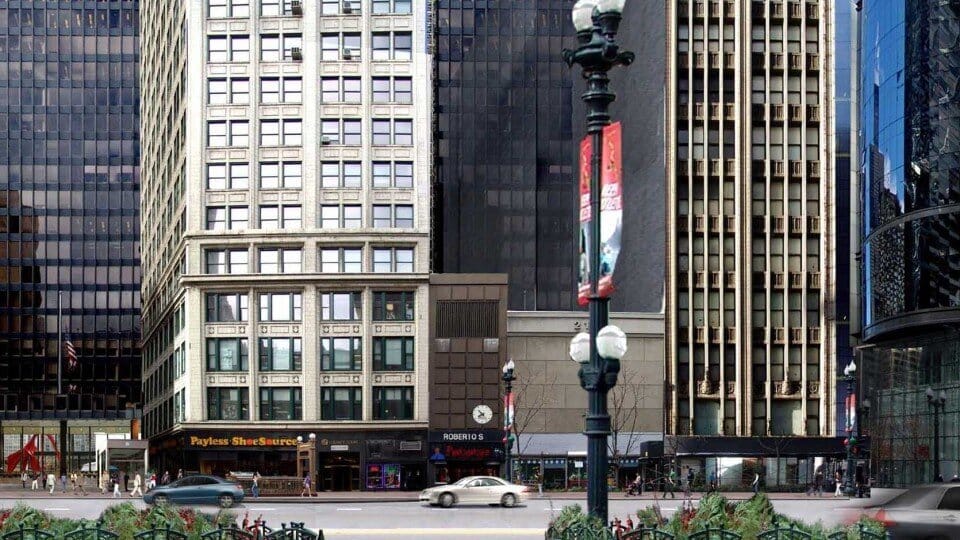
CAC Watch List
The CAC Watch List follows pressing issues and transformative projects in Chicago’s built environment.
The CAC Watch List follows pressing issues and transformative projects in Chicago’s built environment.
CAC's Watchlist resource helps citizens stay informed on our ever-evolving city, and is updated as new issues and projects arise. The CAC is currently investigating the following topics:
- Century and Consumers Buildings
- Our Changing Downtown
- Missing Middle Infill Housing
- Celebrating Neighborhood Treasures
- Megadevelopments for All
- Greening the City
Explore below and follow the Chicago Architecture Center on LinkedIn to keep up with related news on these topics as they unfold.

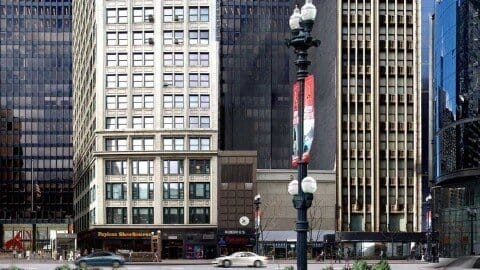
1/Century and Consumers Buildings
Two old State Street high-rises were seized by the federal government in 2005 to expand their holdings. Now they face demolition. What happened and why should we save these buildings?


The Century and Consumers buildings were originally acquired to make more government office space downtown. Now federal funds have been earmarked to tear them down. At issue are claims that re-occupying the buildings pose unacceptable security risks to daily users of the neighboring Dirksen U.S. Courthouse. There are reuse options that address these risks, however. CAC supports a compromise that spares Century and Consumers the wrecking ball, avoiding the most high-profile downtown demolitions in years and the accompanying economic and environmental harms.
- CAC Opinion: Saving State Street buildings would help revitalize downtown (Crain’s Chicago Business, February 19, 2024 - subscription required)

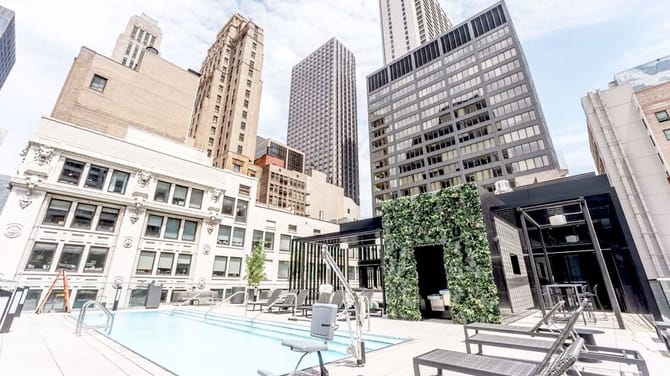
2/Our Changing Downtown
Faltering foot traffic. Struggling retail. Stubbornly high office vacancy. The Loop is facing big challenges and choices.


As Chicago’s high-rise central business district skews ever-more residential, how can designers, developers and city leaders foster a more dynamic and livable Loop with reinvigorated streets, buildings and open spaces?
- JPMorgan Chase to renovate its downtown tower (Urbanize Chicago, February 27, 2024)


3/Missing Middle Infill Housing
The compact multi-unit buildings largely absent in newer market-rate construction (e.g. rowhouses, six-flats, courtyard buildings) constitute “missing middle” housing.


These properties are an important piece of the affordability puzzle for middle class citydwellers, but despite growing publicity and well-intentioned initiatives, not enough is being done to preserve this neighborhood-scale housing or to build new supply.
- CAC Missing Middle Housing Design Competition
- Homefront: The Year That Housing Broke (NewCity, November 8, 2024)
- City allocates $75 million in bond funds to market rate housing initiative on South and West sides (Chicago Tribune, October 1, 2024)
- A $1.25 billion plan for housing (Chicago Tribune, February 21, 2024)
- Johnson seeks recommendations to streamline real estate development (Crain’s Chicago Business - subscription required)

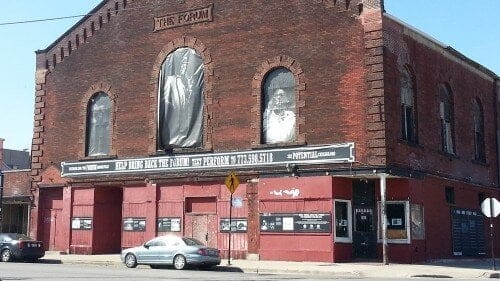
4/Celebrating Neighborhood Treasures
Banks, libraries, theaters, houses of worship: these are the civic anchors that give shape to daily life and the identity of our neighborhoods.


The utility of buildings like these may change with time, but where reuse is the clearest path to preservation, CAC favors such an approach to protecting and celebrating those structures that make invaluable contributions to community and the urban environment.
- Open House Chicago, CAC's Annual Festival
- After Decade's Long Closure, Bridgeport's Ramova Theatre reopens as Music Venue (Chicago Tribune, December 28, 2023)

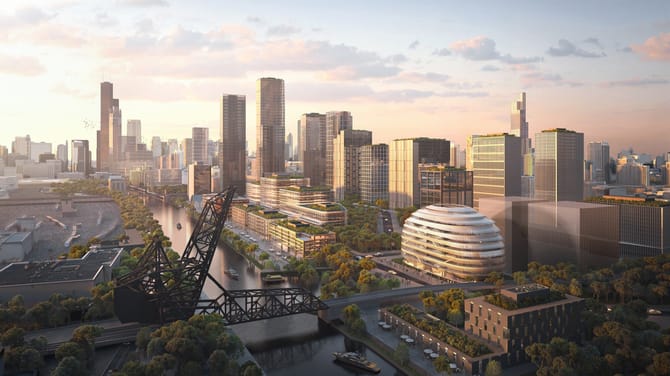
5/Megadevs for All
Megadevelopments, from The 78 to Lincoln Yards, are complex undertakings in repairing the post-industrial urban fabric.


Their success rests on more than financial returns—design, inclusive space and strong connections to transit and surrounding communities also matter greatly. As transformative public-private investments, we must hold megadevelopments accountable to the need for a more vibrant and equitable city.
- "Win/Win: The New Game Plan for Urban Stadiums” (Chicago Architecture Center, November 2025) The CAC convened a group of 20 civic, business and industry leaders to rethink the model of how professional sports franchises and government collaborate such that everybody wins.
- U of I pulls plug on Discovery Partners Institute plan at The 78 (Crain's Chicago Business, October 18, 2024 - subscription required)
- CAC Opinion: White Sox move to The 78 could benefit two neighborhoods (Crain’s Chicago Business, February 12, 2024 - subscription required)

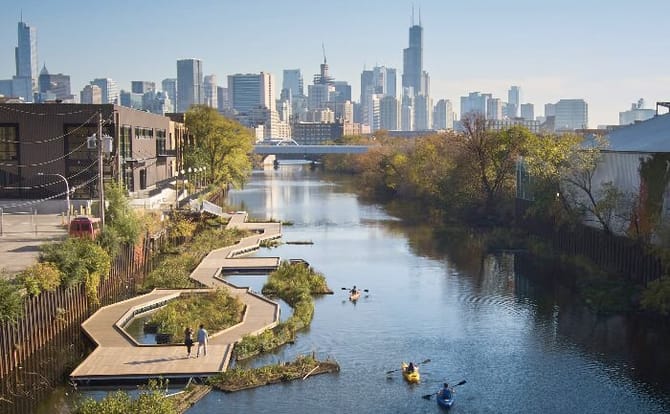
6/Greening the City
Chicago is getting more heat and humidity than ever. Bold interventions in the built environment are imperative for helping the city and region withstand the harshest impacts of climate change.


From the literal greening of streets and communities to the retrofitting of buildings for improved energy efficiency, urban designers and architects are rolling up their sleeves to tackle climate change at the local level.
- Reframed: CAC Archived Exhibition
- Johnson to start a Chicago Department of Environment (Chicago Sun-Times, October 11, 2023)
